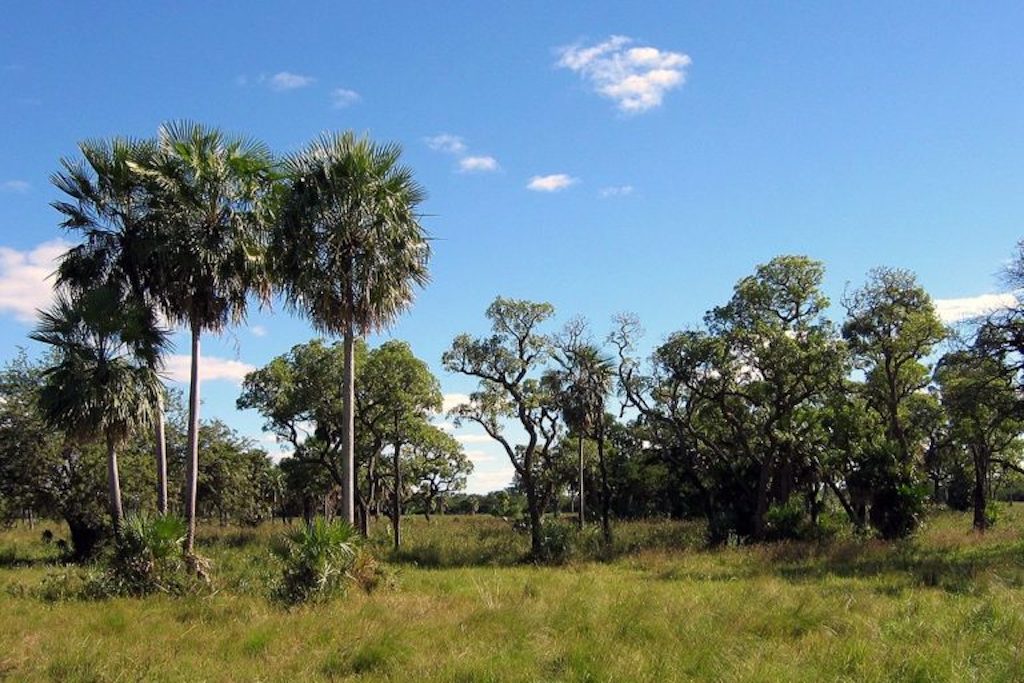This article is reserved for our subscribers
In the first part of our report we saw how soy from deforestation-prone areas in Argentina continues to arrive in Europe, despite an EU ban on the products of illegal logging. In this second part, we will look at how prestigious brands such as Parmigiano Reggiano and San Daniele get hold of the same products by exploiting legal loopholes and abusing self-regulation.
From silos in deforested areas of the Chaco ecoregion in Argentina, soybeans are transported to the ports of Rosario and San Lorenzo on Argentina’s Paraná River. Here they are processed into meal in the pressing plants of large international traders, and then loaded onto cargo ships bound for Europe.
According to data from the tracking service MarineTraffic, since 2019 a number of ships have been plying the Atlantic between these two ports and ports in Italy and Spain. These two countries are respectively ranked first and second in Europe, and fifth and sixth worldwide, for imports of soybean meal or cake from Argentina and also thus for exposure to deforestation in the Chaco ecoregion.

In 2019, the European Union as a whole imported 355,979 tonnes of soy (both seeds and meal) from the Chaco ecoregion. About 2.1% of it comes from at least 2,332 hectares of potentially deforested plots. That same year, the two main European importers, Italy and Spain, imported 71,797 and 76,033 tonnes of soy (both seeds and meal) respectively. About 2.1% of it came from at least 466 and 500 hectares respectively of potentially deforested plots (1). A third of these plots were located in Argentina’s Almirante Brown department, which is the area of the Chaco province most hard-hit by deforestation for soy cultivation. This is according to the most recent data provided by Trase, a platform for monitoring the sustainability of farming commodities.
Once the meal arrives in Italy and Spain, it is mixed with other cereals by feed manufacturers who supply all the EU’s national livestock sectors (pigs, poultry, eggs, beef, and dairy). It is noteworthy that Italy and Spain are respectively the first and fifth largest producers of meat on the EU market, according to data shared with us by Eurostat. Italy is also among the largest exporters of cheese on the continent.
Receive the best of European journalism straight to your inbox every Thursday
Spanish pigs at the trough
In 2023 up till September, Spain imported more than 500,000 tonnes of soybean meal from Argentina (according to data Eurostat shared with us). The commodity was destined as feed for Spain’s pork industry, Europe’s largest and fourth-placed in the world, with an output of over five million tonnes in 2022.
In 2021, almost 4.4 million tonnes of soybean meal and another 550,000 tonnes of raw soybeans were used to produce feed, according to data from the Spanish agriculture ministry.
Much of the meal is imported through the ports of Barcelona and Tarragona, to supply farms in southern Catalonia, Aragon and the east of…
